 |
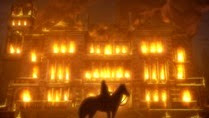 |
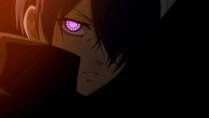 |
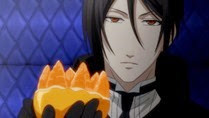 |
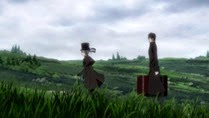 |
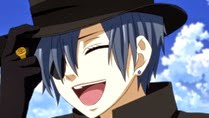 |
It’s pretty much official – Summer scored at least one spot in the year-end Top 10 list.
Author’s Note: This post contains spoilers from events in the manga which occur during the timeline covered in this episode, but which somewhat differ from the anime version. Read at your own risk.
What a fantastic end to a fantastic adaptation for Kuroshitsuji – the stink of S2 is thoroughly washed away at last. I came into “Circus-hen” with pretty high expectations, because I knew just how good this arc was in the manga. But even if I knew intellectually there was no reason for it, memories of the anime-original second season still clouded my judgement. The anime did the wise thing and acted as if it had never happened, and in the end we got an adaptation of the manga’s best story that was actually better than the original. And that doesn’t happen all that often.
In the first place, I have to sincerely congratulate Yoshino Hiroyuki, because he’s a big part of the reason “Circus-hen” exceeded my expectations. I’ve been critical of his writing in the past and frankly with good reason – I still see no evidence he’s capable of writing a decent original series – but his previous adaptation work (the first season of Magi still haunts the soul) certainly didn’t predict this. Not only was he fundamentally faithful to Toboso Yana’s story, but the changes he made actually improved it. Two prominent examples are the scene where the little girl is abducted by Joker – a gloriously bleak flight of surrealism – and the scene that ended the series. I’ll talk more about that in a bit as it’s mighty important, but better suited to later in the post.
One remarkable thing about “Book of Circus” is that despite the fact that it was only 10 episodes – which felt too short to me when it started – and that it used its first as effectively a series introduction, it managed to end the story exactly the right way. That’s with a coda – an episode to put the events of the series into perspective and give them emotional closure. Yet much longer series almost never do this – they take the action right up to the end, leaving no time for reflection and leaving the viewer unsatisfied. Again that goes back to Yoshino’s choices, and that was the role this episode played, with the bulk of the heavy lifting plot-wise having been completed last week.
There are many familiar faces in cameo roles here, including the “Circus-hen” debut of shinigami Ronald Knox (Kenn), teamed up with Will Spears to handle the massive job of collection at the Kelvin Manor while Grell (his appearance in this episode was exactly the right length) mops up at the Phantomhive estate. But in truth, this is the epilogue of the Noah’s Ark story and the way it provides a glimpse inside Ciel’s mind as no other Kuroshitsuju arc before or since does. It’s Undertaker who perhaps provides the most important outsider perspective, reflecting on his warning to Ciel: “Your power means you stop feeling the weight of what can’t be undone. You only notice it after you crumble under it.”
Make no mistake, Kuroshitsuji is Ciel’s story in every sense. Sebastian is a co-lead, certainly, but his role here is more or less written – it’s Ciel’s which continues to write itself as the story progresses. I’ve said this before, but Kuroshitsuji is primarily a tale of victimization. It splits the world into two camps, victims and those who exploit them, and in most cases it’s pretty easy to tell which group each character belongs to. And when characters try to claw their way from the first group into the second, we invariably get tragedy – tragedy like the story of the Noah’s Ark orphans. There can be no doubt that they were victims of society’s cruelty (this episode alone reveals the full extent) yet they made victims out of scores of other children thinking it was the toll required to stop being victims themselves.
Ciel is, of course, the ultimate victim. A sweet and timid little boy whose parents are brutally murdered (whatever complicity Vincent has in his own demise, that’s not on Ciel), and then is subject to unspeakable torture by craven and evil psychopaths. Ciel’s story springs forth from that moment – from the price he was willing to pay in order not to die crushed under the wheels of fate but on his own terms. But what is Ciel now? How can this person who orders Sebastian to burn a house full of children alive still be that same child? The answer of course is that he can’t – though just exactly what Ciel is now is really the question that drives (one might even say haunts) much of Kuroshitsuji.
Ciel’s reasoning for that act – the “better off dead” defense – doesn’t hold a drop of water with me, and Sebastian quite rightly points out the supreme arrogance of it. But Ciel doesn’t deny it – he’s quite aware of how arrogant he is, but “not so arrogant as to think I can help people”. To hear those words coming out of that character really calls out just what a tragedy Kuroshitsuji is. Ciel is the person who turns a cold shoulder to Doll, who’d been so kind to him in his misery, and shows no mercy in sharing the news of what’s happened at the Kelvin mansion. But he’s also the person who insists on traveling to the workhouse to make connections with alternative philanthropists now that Kelvin is dead – is it pity, as Sebastian suggests? Part of his duty, as Ciel insists? There seems to be a scrap of humanity in it, but the moment really hits home when he and Sebastian arrive only to find the workhouse ruined, long abandoned to the elements. It’s clear what’s happened, what the fate of those orphans was – and that everything Joker and his adopted siblings endured and every atrocity they committed was for nothing. For a lie. That’s the true extent of their tragedy.
It’s not the laugh of a child that Ciel laughs when he makes this discovery. I’m not sure it’s the laugh of a human being, but I suppose that’s an important question still to be answered – what can be said for sure is that there’s no mirth in it, no joy. It’s no child who tells Sebastian that this is the truth of what humans are, their true empty and callow nature – and that he’s no different than those who victimized him all those years ago. This is a glimpse inside Ciel’s soul of the kind that Kuroshitsuji rarely offers, and perhaps never quite so movingly and profoundly – and it’s not as easy thing to watch.
Here the anime differs from the manga a bit, though in import perhaps more than just a bit. Ciel’s hatband blows off in the strong winds atop the hill where the ruins of the workhouse stand, and infallible Sebastian misses in a grab for it. In the skies above we see first Joker, then his siblings, one by one, appear – all but Snake who’s remained behind alone (who is the truly unlucky one here?). And last to appear is Doll, the youngest and most blameless of her family, whose fate we were mercifully spared from seeing on-screen. They perform a sort of aerial ballet with the ribbon, then appear in their younger forms, from before the days of Noah’s Ark. And as “Tom the Piper’s Son” plays slowly on the piano, they depart together – reunited at last and free of the men who used and tormented them for their own ends, and unaware that all they wrought had been for naught.
This is pretty much all anime-original material here, and given how unrelentingly bleak just about everything about the ending of “Book of Circus” is, it stands in stark contrast with the rest of the story. Is this a betrayal of Toboso-sensei’s intent, one that undercuts the message of the arc? For what it’s worth Toboso-sensei doesn’t think so – she’s long said that she hated the utterly tragic way she ended “Circus-hen” in the manga. This ending gives the story just a hint of a redemptive quality – whether you consider that a good or bad thing is up to you, but I found myself quite powerfully moved by the final moments of the series. Between the venal humans that pepper the story, Sebastian’s cool cruelty and the impassive indifference of the Reapers it’s tempting to say there’s no room for redemption in Kuroshitsuji. But there have always been genuinely good people in this series – nearly always victims and almost never treated kindly by fate, but good people nonetheless.
In the final analysis I think this ending works better than the manga’s, and while I haven’t heard her say so I’d be surprised if Toboso disagreed (and not surprised if she was involved in crafting this one). But whether you feel that way or not, I think it’s pretty hard to fault “Book of Circus” as a whole. From the spectacular OP (it ends up being quite fitting that it aired at the end of the first episode) onwards it rarely misses a step, from the casting to the music to the pacing and direction.
Kuroshitsuji is too easy to take for granted, too easy to dismiss for the puffery Toboso inserts to appeal to the pocketbooks of her buying public. But underneath that this is a savage and powerful story, one that asks genuinely profound and deep questions about existence and explores them through a memorable cast of characters. It continues to be very popular – the “Book of Murder” arc is coming to theatres and disc this fall, and there’s good reason to hope we’ll eventually see the entire manga adapted, even if we have no idea when Toboso intends to finish it. As long as those adaptations are as skilfully executed and faithful as “Book of Circus”, that’s really something to look forward to.
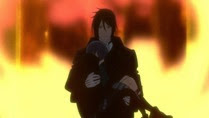 |
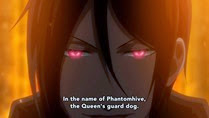 |
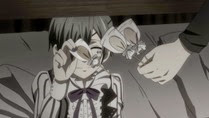 |
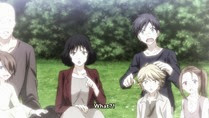 |
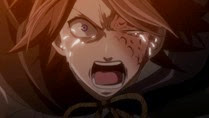 |
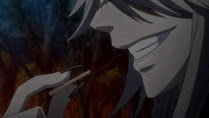 |
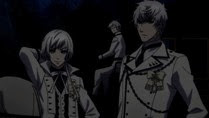 |
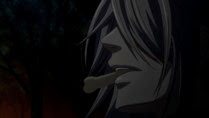 |
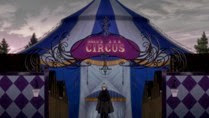 |
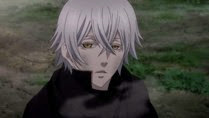 |
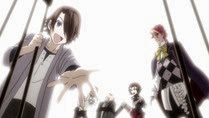 |
 |
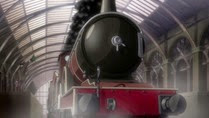 |
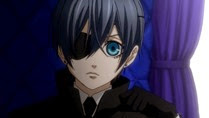 |
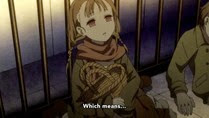 |
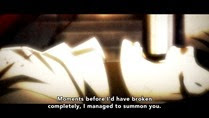 |
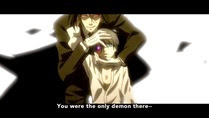 |
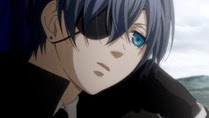 |
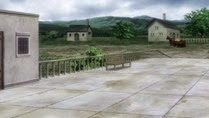 |
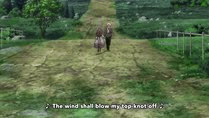 |
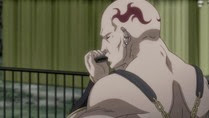 |
 |
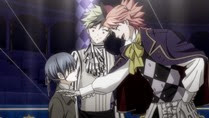 |
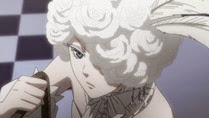 |
 |
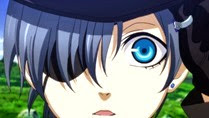 |
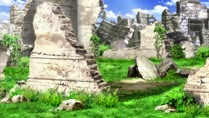 |
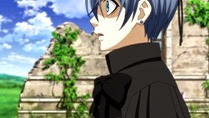 |
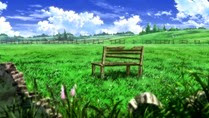 |
 |
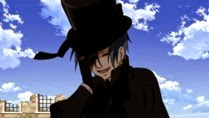 |
 |
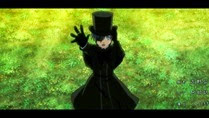 |
ED Sequence:
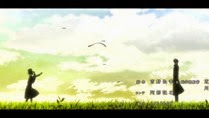 |
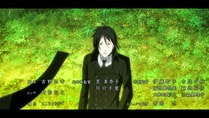 |
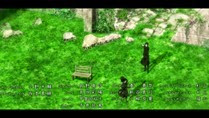 |
 |
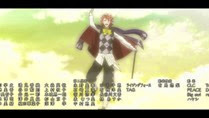 |
 |
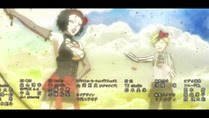 |
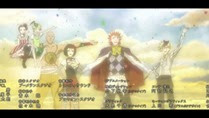 |
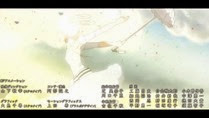 |
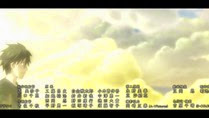 |
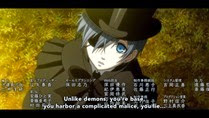 |
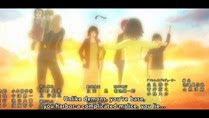 |


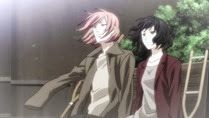
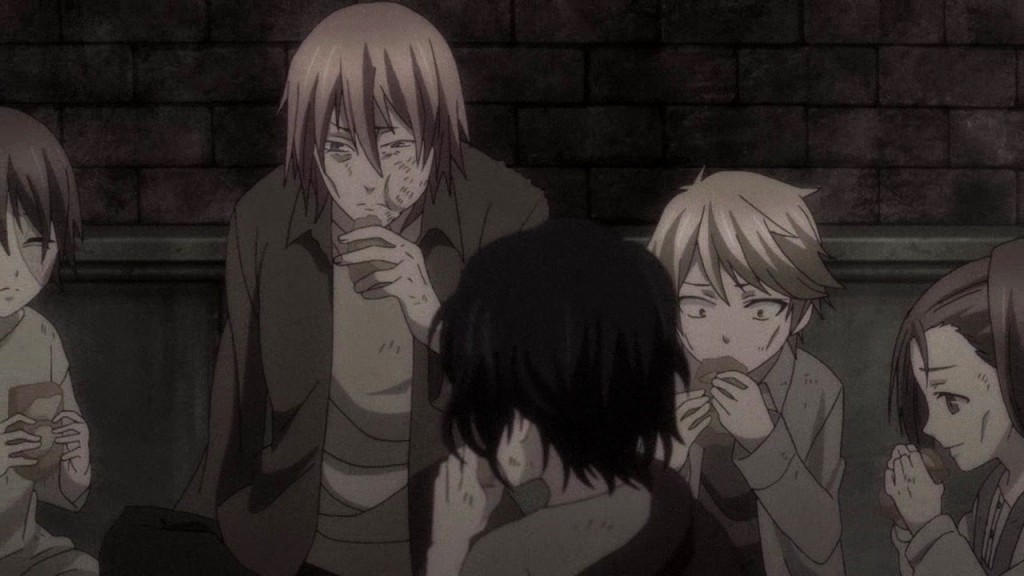
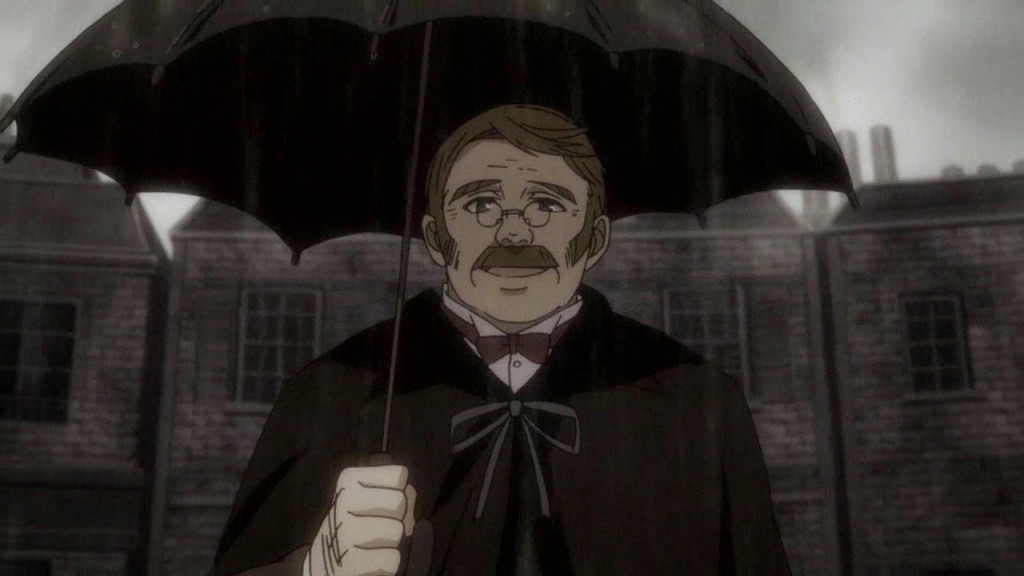
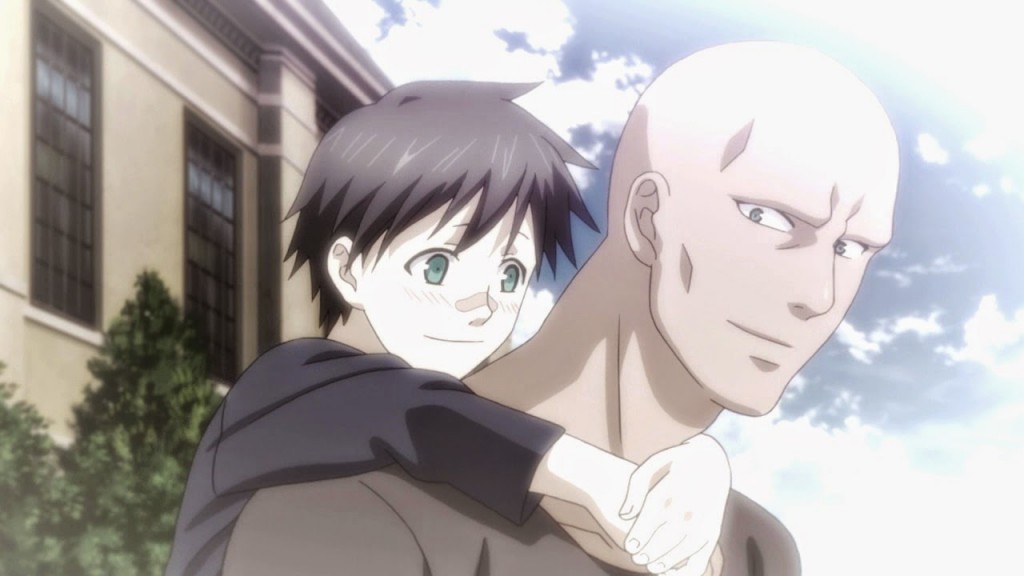
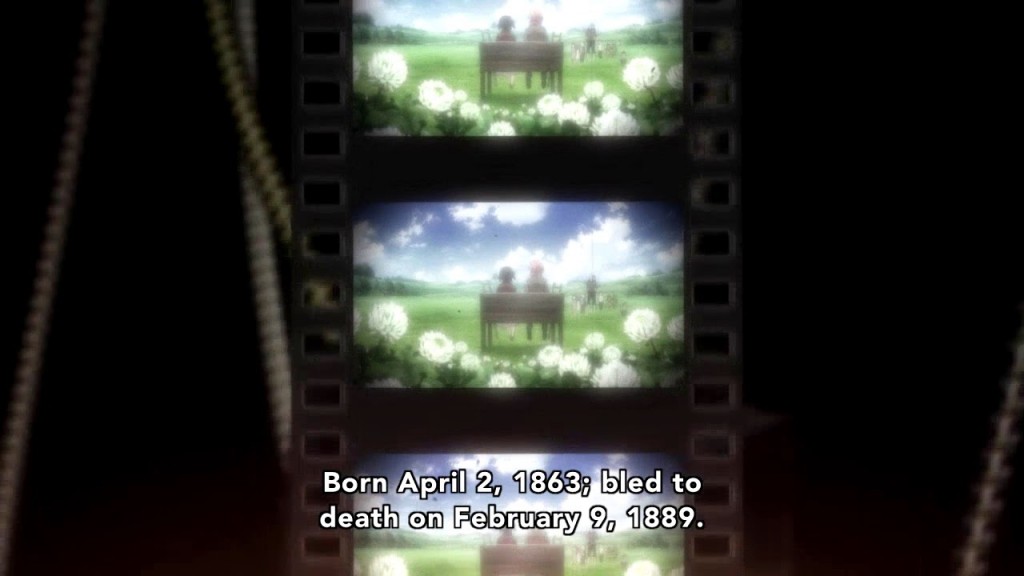
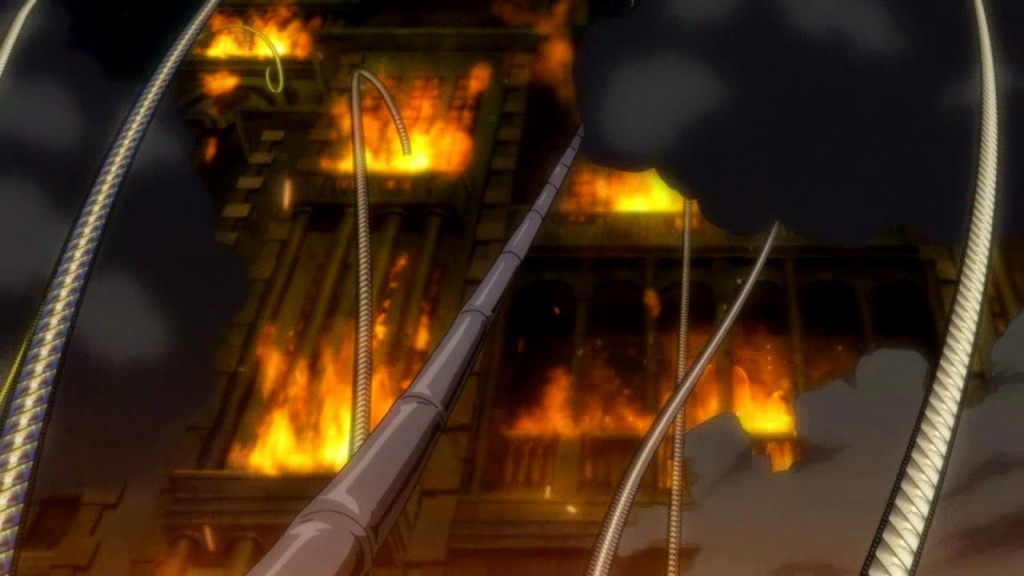
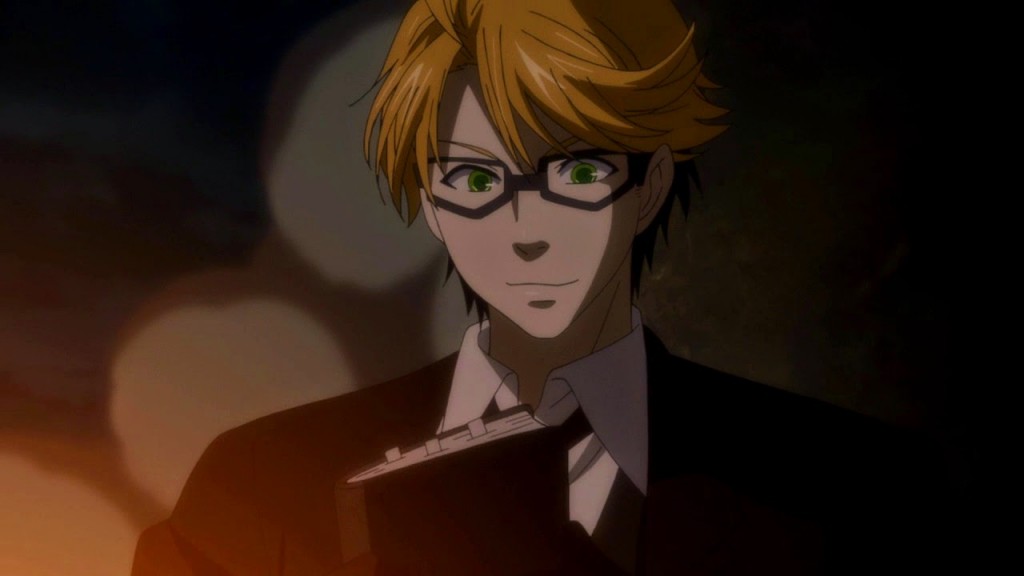
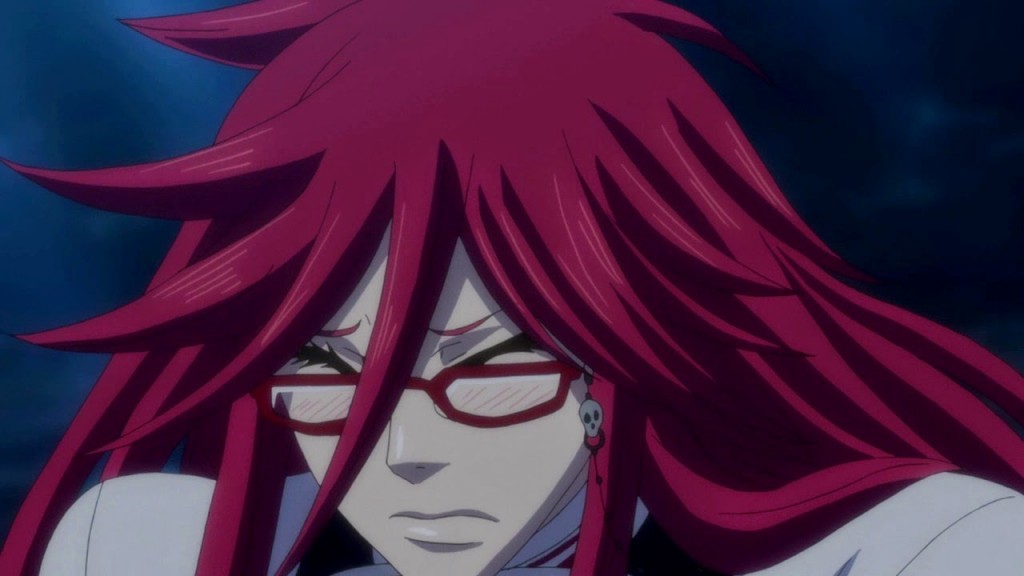
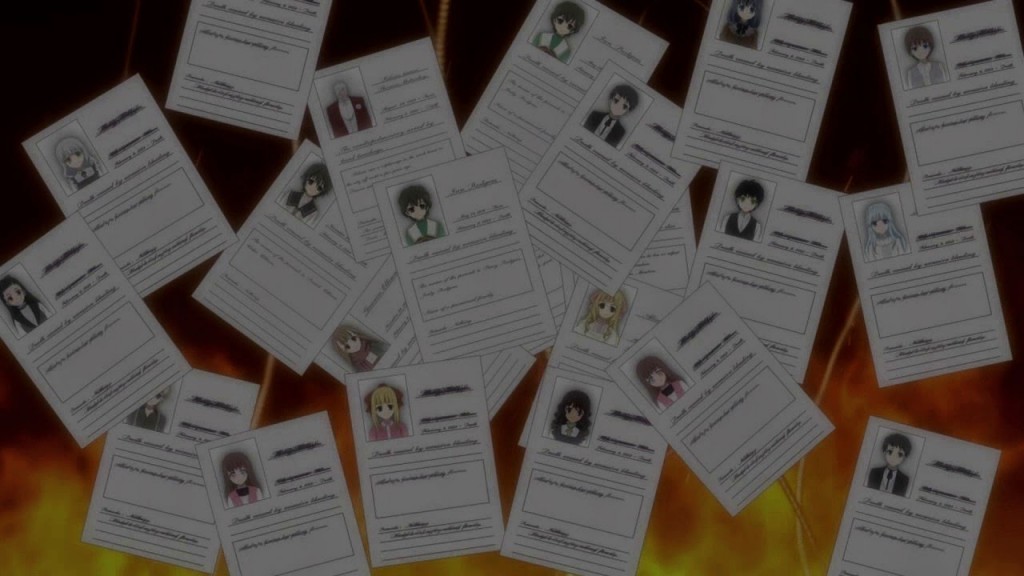
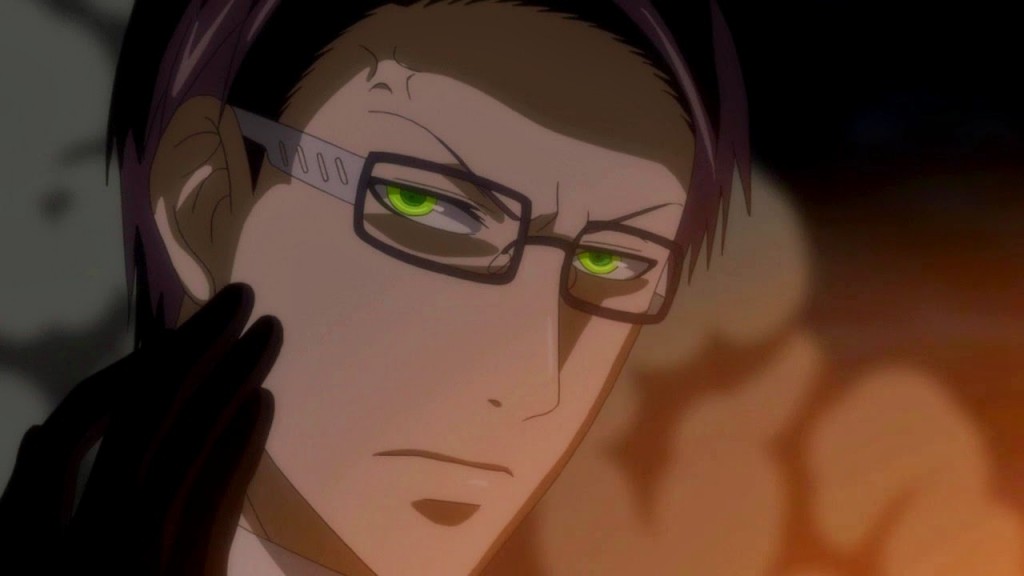
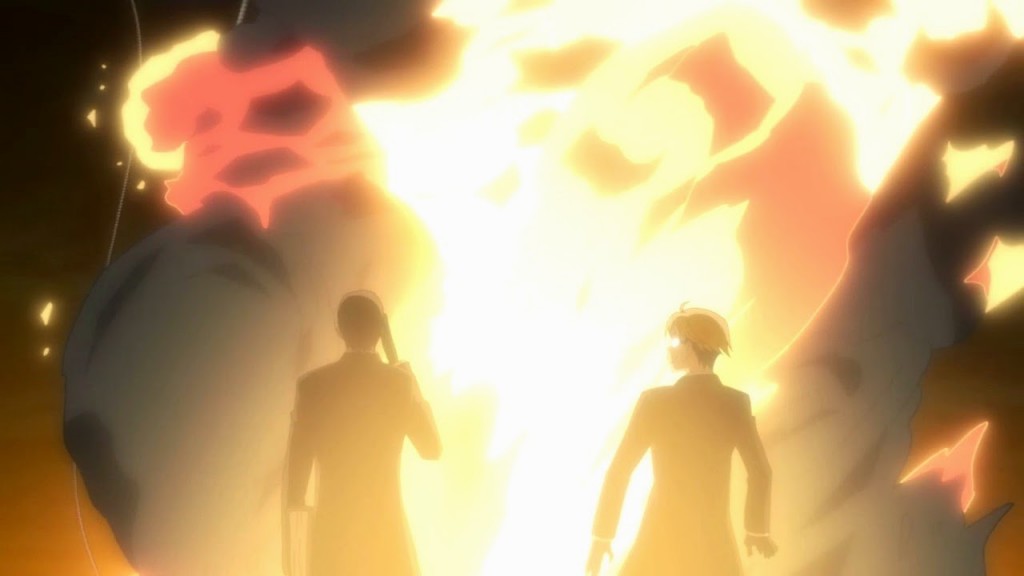
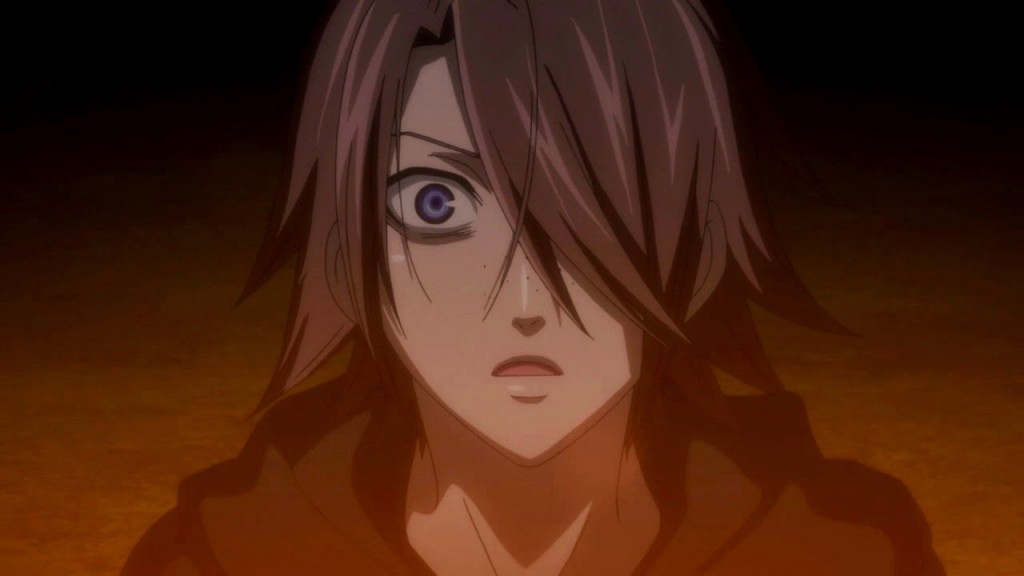
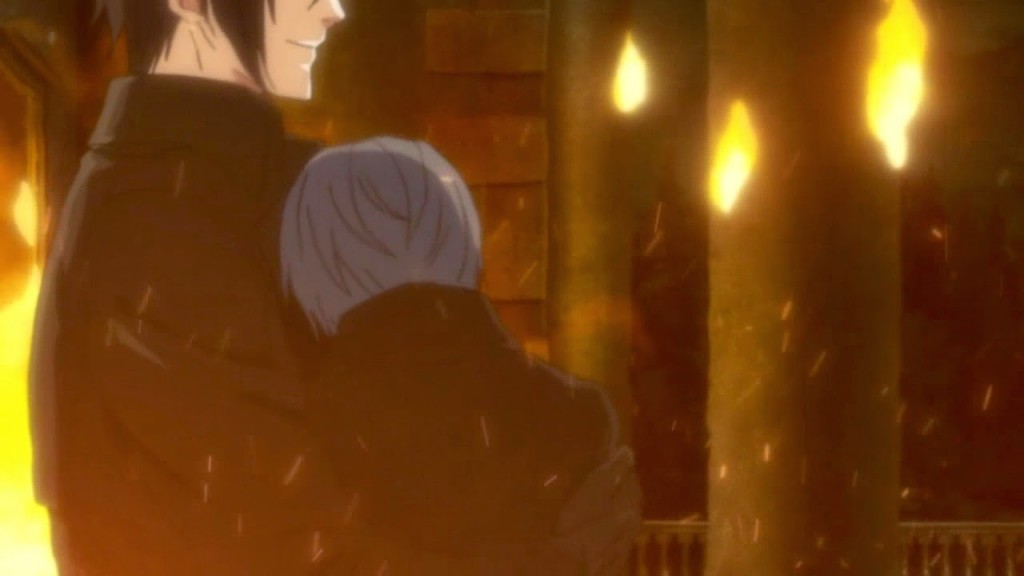
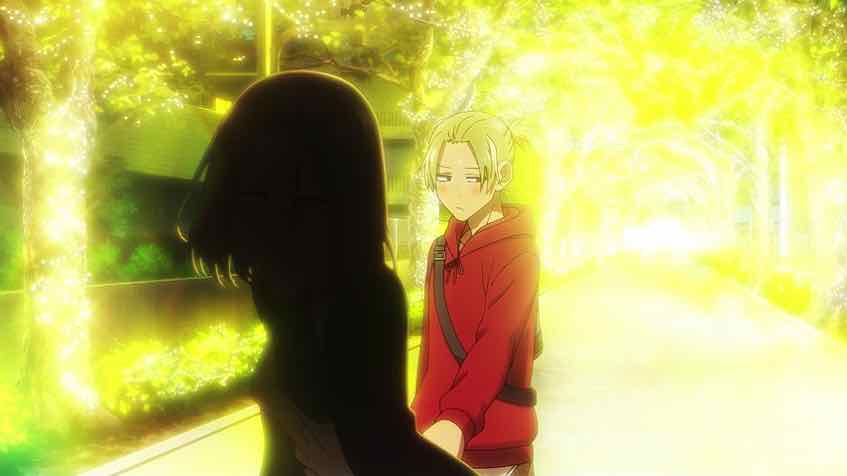
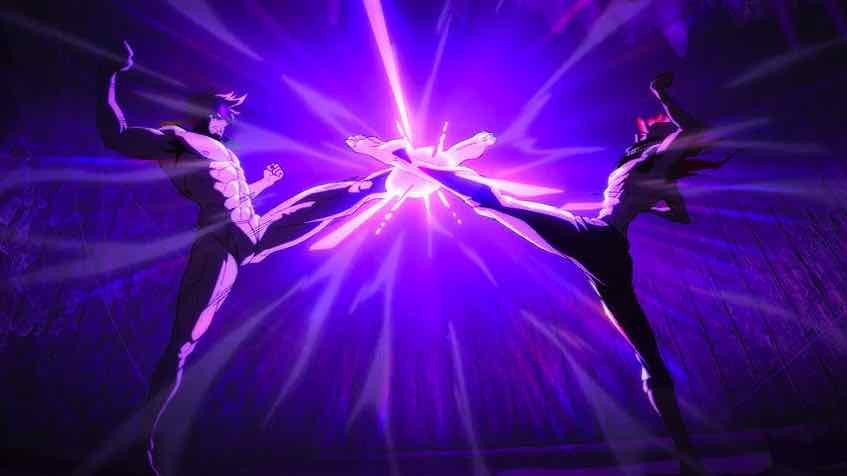
Gary Cochran
September 12, 2014 at 10:34 pmWhats up with the 10 episode series latley? Fate/Kalied was only 10 episodes as well. Hope this isn't a new trend.
admin
September 13, 2014 at 12:07 amI think A-1 just decided this was the right length for the arc, in this case.
Geebun
September 12, 2014 at 11:56 pmI don't remember everything about season 1 but I do remember liking it a lot, I skiped the second season for multiple reasons but I have to say that season was amazing. It might be my favorite show that "started" in the summer season.
One part of me feels bad for Joker, Doll and the others but the other thinks they got what they deserved for helping a guy kidnap, brainwash and kill children no matter how much he helped them and is pretending to help other kids. This show is like tokyo ghoul in a way, it's pretty hard to take a side or a least not feel bad for the other.
Ink
September 13, 2014 at 4:02 amI actually liked the second season it actually provided a twist to the first series. Not to mention it was a fanservice pleaser (though I liked that aspect a bit less). I really liked your analyses and I did not know that the ending song was Tom the Piper's song that is such a sad ass nursery rhyme.
Well I reblogged your post on my blog and wrote my own review on Circus Hen.
ddeok bokki
September 13, 2014 at 1:35 pmthere might be a season 4 guys! this show is book of circus it only shows the crcus arc the next season might have a name that is more vague so they can add more arcs in it! remember earl grey said that there IS going to be a punishment but they did not say what punishment there is. and the undertaker is just showing his chain and a green eye which they would be explaining it in the later arcs they did not show the others like lizzy and soma and the othersunlike the endings in the earlier seasons. so if u link all of these togeter there might be a new season read the manga it would make it clearer that kuroshitsuji might have a new season. so not to fear kuroshitsuji fans! plus the manga is still ongoijng and they did not give a clearer explanation about snake. he is a pretty important character. So happy reading the manga!^^
MgMaster
September 14, 2014 at 4:50 amThe more I think about this ending, this arc, the more tragic I find it. Just like Ciel, Noah's Ark star members were also victims who transformed into the ones who victimize but they had it worst, mostly remaining victims.
Ciel at the very least is in a position of power as one who victimizes and even seems to enjoy himself from time to time. And of course he is because after all, he's the one to decide who's futures he'll rob. One could say that's not true since he's "The Queen's Guard Dog" but he doesn't seem to mind it, or at least not nearly as much as the the circus members did when killing people and kidnapping children for their "father". I definitely don't consider Ciel fortunate or anything because we all know that eventually, he'll pay a greater price than most of his victims but while he's alive, he has the luxury of acting on his own terms and got to chose how he'll meet his end as well.
I imagine it could've been even more tragic with 2 episodes extra used to give more backstory on Joker, Beast, Dagger, Doll, Peter, Wendy & Jumbo and makes me wonder how great would an entire 2-cour adaptation of future arcs would be(haven't read the manga but I heard there's enough material to cover).
Minity_Grey
September 18, 2014 at 12:17 amI don't think that any of the Noah's Ark Circus members deserves to die.
They're victims too. >_<